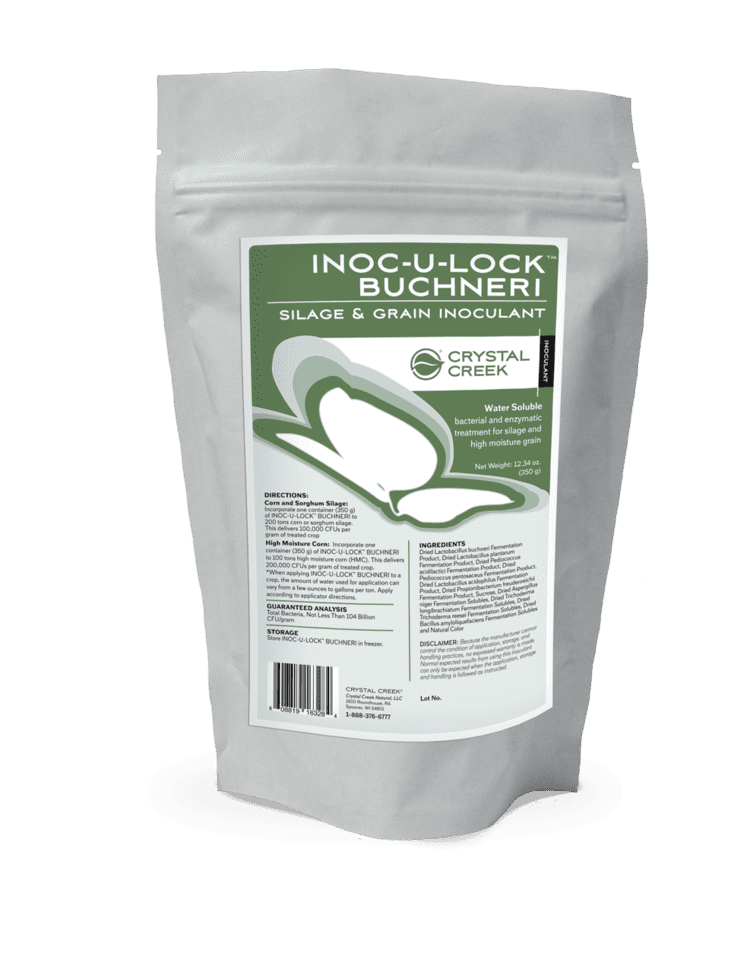Domain Bacteria Order Lactobacillales Genus Lactobacillus Higher classification Lactobacillus | Phylum Firmicutes Family Lactobacillaceae Scientific name Lactobacillus buchneri Rank Species | |
 | ||
Similar Lactobacillus, Bacteria, Lactobacillales, Lactobacillus brevis, Pediococcus | ||
Lactobacillus buchneri is a gram-positive, non-spore forming, anaerobic, rod prokaryote. L. buchneri is a heterofermentative bacteria that produces lactic acid and acetic acid during fermentation. It is used as a bacterial inoculant to improve the aerobic stability of silage. These bacteria are inoculated and used for preventing heating and spoilage after exposure to air.
Contents
Characteristics
Lactobacillus buchneri is a part of the Lactobacillaceae bacteria family. The genus of the bacteria is Lactobacillus and the species is Lactobacillus buchneri.
History
E.B.Fred, W.H. Peterson, and J.A. Anderson initially discovered the entire Lactobacillus species in 1921 and the species was categorized based on the ability to metabolize certain carbon and sugars. This early study showed that this can produce acetic acid, carbon dioxide and large amounts of mannitol. Mannitol which is another carbon source that can be used to produce lactic acid.
Research
L. buchneri are sensitive to low heat and are slow growing. Lactic acid is converted to two most common products which are acetic acid and 1,2-propanediol. Higher concentrations of acetic acid are produced rather than 1,2-propanediol. They both are more effective at reducing the growth of mold and yeast than lactic acid. Strains of L. buchneri may be found in wine since it involves growth of lactic acid bacteria for malolactic fermentation. For this reason winemakers are encouraged to inoculate some malolactic starters to replace indigenous microflora.
Growth
Growth in L. buchneri inoculants occur at 37 °C.
Treatment
Although it is not recommended to treat Lactobacillus infections, penicillin is the most common treatment for these infections.
Prevention
Use fermented substances sparingly or inoculate L. buchneri with fermented substances.
Usage
L. buchneri is most beneficial in places where aerobic instability is expected. For instance, high moisture corn is susceptible to spoilage when exposed to air, and for this reason L. buchneri inoculants may benefit.They also may benefit in situations where corn silage is expected to be transferred from one silo to another
Products
There are many strains of L. buchneri and they are not all necessarily equally effective. Wyeast has a liquid form of L. buchneri used for the making of beer.
Biosafety Level
Appropriate safety procedures should always be used with this material. This is a level 1 organism. Suitable for handling microbes that do not cause disease in a healthy human. precautions: hand washing with antibacterial soap and washing surfaces with disinfectants after use.
Conclusion
L. buchneri inoculants should only be used when heating cannot be controlled through management.
